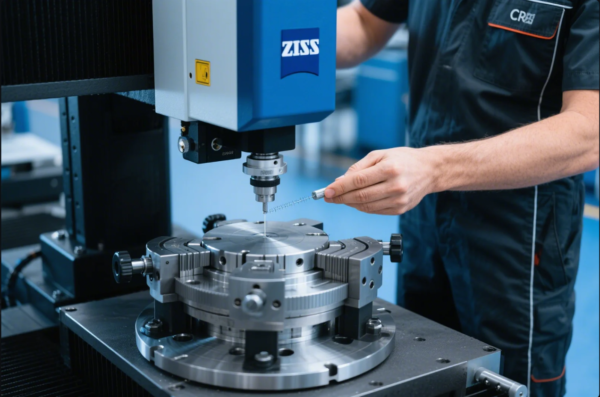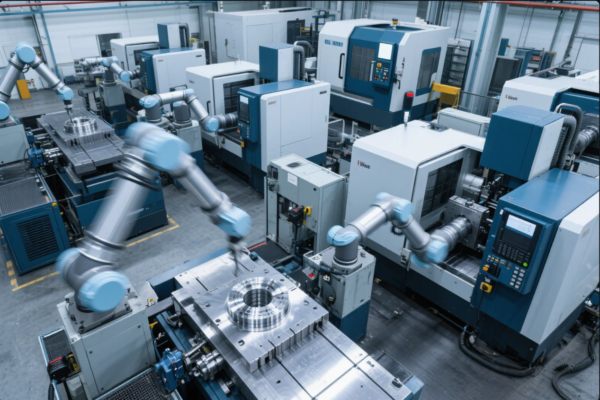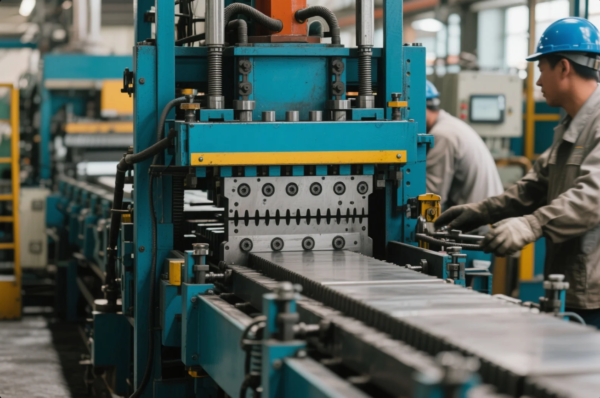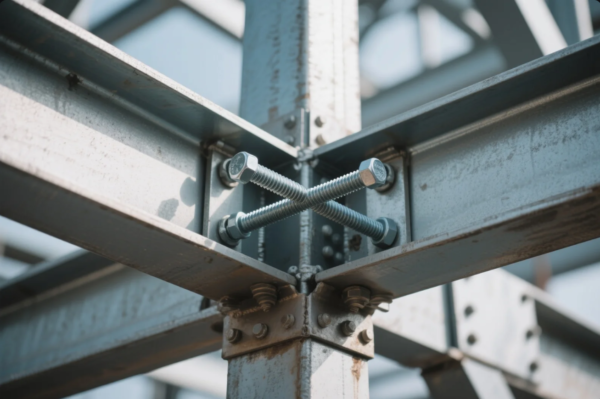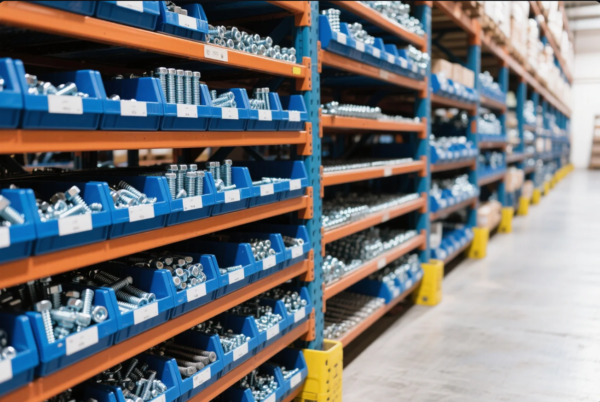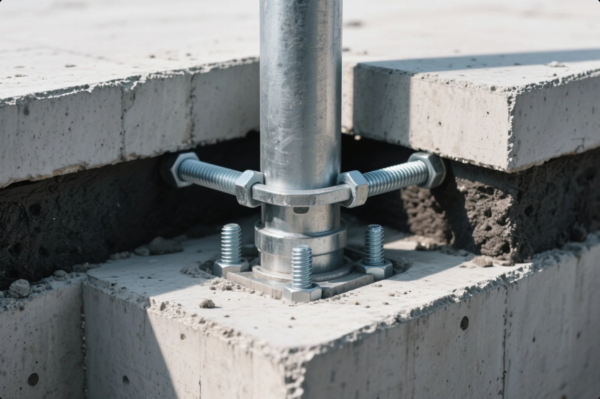What’s the Worst Metal to Weld?
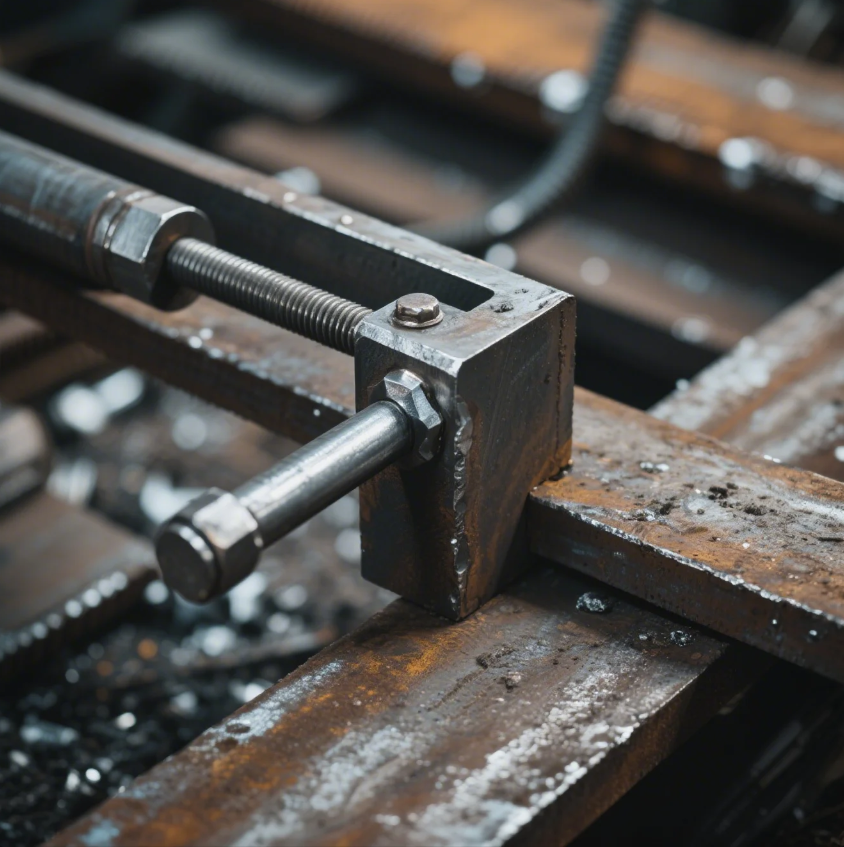
Welding the wrong metal wastes time, raises costs, and risks product failure.
Some metals are nearly impossible to weld safely due to oxidation, brittleness, or reactivity.
Not all metals are created equal when it comes to welding—some are real nightmares. Keep reading to avoid costly mistakes.
Which metal is most difficult to weld?

Welding titanium isn’t just hard—it’s unforgiving and expensive if done wrong.
Titanium is very reactive and needs an oxygen-free environment during welding.
Why titanium welding is so difficult
Titanium offers a great strength-to-weight ratio, corrosion resistance, and high durability. But these qualities come with significant welding challenges:
- It oxidizes instantly in air at high temperatures.
- It needs argon shielding on both front and back.
- Welders must use clean-room level discipline.
Even a fingerprint on the surface before welding can lead to contamination and cracking.
Table: Titanium vs. Other Metals in Welding Complexity
| Metal | Weldability | Shielding Requirements | Cost of Mistake | Common Use Cases |
|---|---|---|---|---|
| Titanium | Very low | High (argon all sides) | Very high | Aerospace, medical |
| Stainless Steel | Medium | Moderate | Moderate | Kitchenware, piping |
| Aluminum | Low | High (inert gas) | High | Automotive, aerospace |
| Mild Steel | High | Low | Low | Construction, machinery |
So when someone asks me to quote titanium welding at Prime, I always make sure they understand what’s involved—and why our ISO-certified welding team is up to the task.
What metal should not be welded?

Some metals simply don't respond well to welding—like lead or zinc.
Metals with low melting points, high toxicity, or unstable structures are usually avoided in welding.
Metals you should never—or rarely—weld
When I first started in this industry, a client once asked me to weld galvanized steel without removing the coating. It almost ended in disaster.
Examples of poor welding metals:
- Lead – Low melting point and toxic fumes.
- Zinc-coated (galvanized) steel – Releases harmful gas unless the coating is removed.
- Cast iron – Brittle structure; cracks easily.
- Magnesium – Highly flammable, oxidizes fast.
Table: Welding-Risk Assessment
| Metal | Weldability | Toxic Risk | Structural Risk | Notes |
|---|---|---|---|---|
| Lead | Very poor | Very high | Medium | Avoid at all costs |
| Galvanized Steel | Poor | High | Low | Remove coating first |
| Cast Iron | Poor | Medium | High | Preheat and cool slowly |
| Magnesium | Very poor | Medium | High (fire risk) | Use only in special conditions |
At Prime, we help customers redesign with weld-friendly materials to avoid quality problems and delays.
What is the strongest metal to weld?
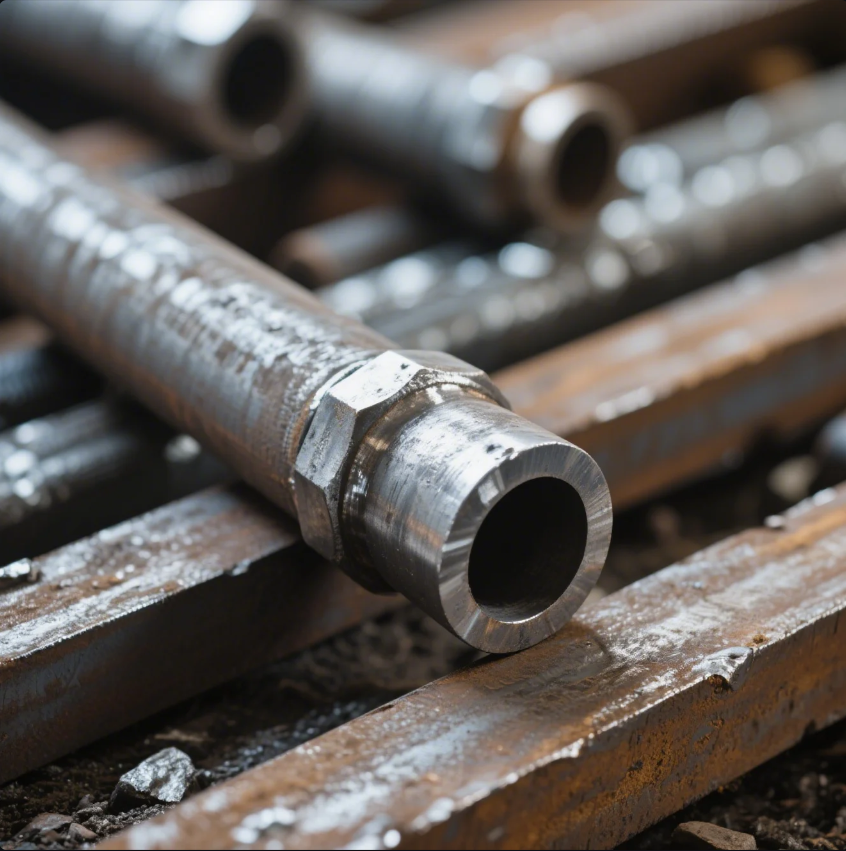
Steel alloy welding delivers unmatched strength, if done correctly.
Low-alloy high-strength steel is the strongest commonly weldable metal.
Why high-strength steel is best for structural welding
When our clients ask for durable, long-term welded components—think cranes, bridges, or load-bearing frames—we recommend HSLA (High-Strength Low-Alloy Steel).
Benefits include:
- Excellent mechanical strength
- Good fatigue resistance
- Moderate weldability with right filler and preheat
- Compatible with standard MIG and TIG processes
However, poor heat control can cause microcracks and reduce impact resistance. That’s why at Prime, we follow strict welding protocols and use advanced NDT inspections after welding.
Table: Weld Strength Comparison
| Metal | Tensile Strength (MPa) | Weldability | Application |
|---|---|---|---|
| HSLA Steel | 500–700 | Moderate | Heavy machinery |
| Stainless Steel | 450–550 | Medium | Food, pharma equipment |
| Aluminum Alloys | 250–400 | Low | Auto panels |
| Mild Steel | 350–450 | High | General fabrication |
We also offer custom welding parts using CNC-machined prep to ensure perfect fit and maximum strength.
What is the most difficult weld to make?
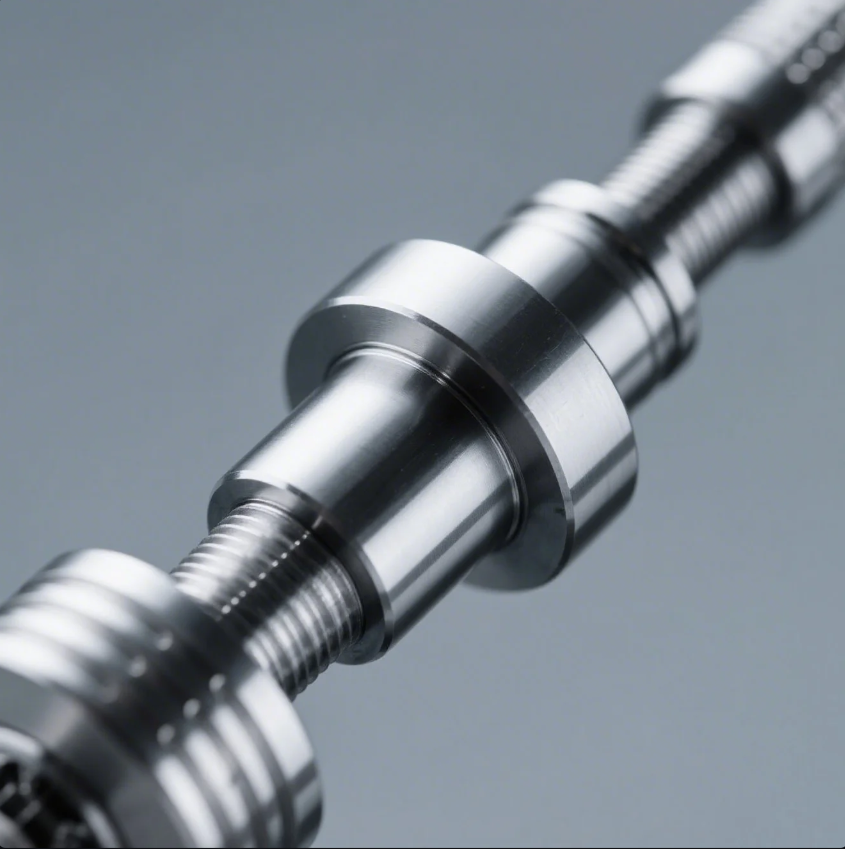
Pipe welding in difficult positions, using exotic metals, is one of the most demanding tasks.
Welding pressurized pipes or thin materials requires extreme precision and control.
What makes a weld technically challenging?
Not all difficult welds involve hard metals. Sometimes, it’s the shape, position, or application that makes a weld nearly impossible for non-experts.
Hardest welding scenarios I’ve encountered:
- Overhead pipe welds for oil & gas, where gravity and heat distortion fight you constantly.
- Thin-gauge aluminum sheet welding, where too much heat warps the part instantly.
- Welds inside enclosed areas where visibility and access are restricted.
Table: Most Difficult Weld Scenarios
| Weld Type | Difficulty | Risk Factors | Expertise Needed |
|---|---|---|---|
| Overhead Pipe Weld | Very high | Gravity, pressure, porosity | Certified TIG welder |
| Thin Aluminum Sheet Weld | High | Heat distortion, burn-through | Low-amp control |
| Enclosed Cavity Weld | Very high | Access, visibility, airflow | Custom tooling |
At Prime, we’ve invested in custom jigs, ventilation systems, and robotic TIG arms to handle these scenarios with precision.
Conclusion
Welding titanium, galvanized, and overhead pipe setups are hardest—unless you work with certified pros like Prime.
Ready to get stress-free metal welding parts with guaranteed quality?
Send us an inquiry today through our website.
You’ll get a free quote, expert consultation, and fast delivery—
from an ISO-certified supplier with over 20 years of experience.

